Weekly Tech Recap - № 247 - Galaxy S20, MWC 2020, Project Silica, Rotary Cell, and Essential shuts down
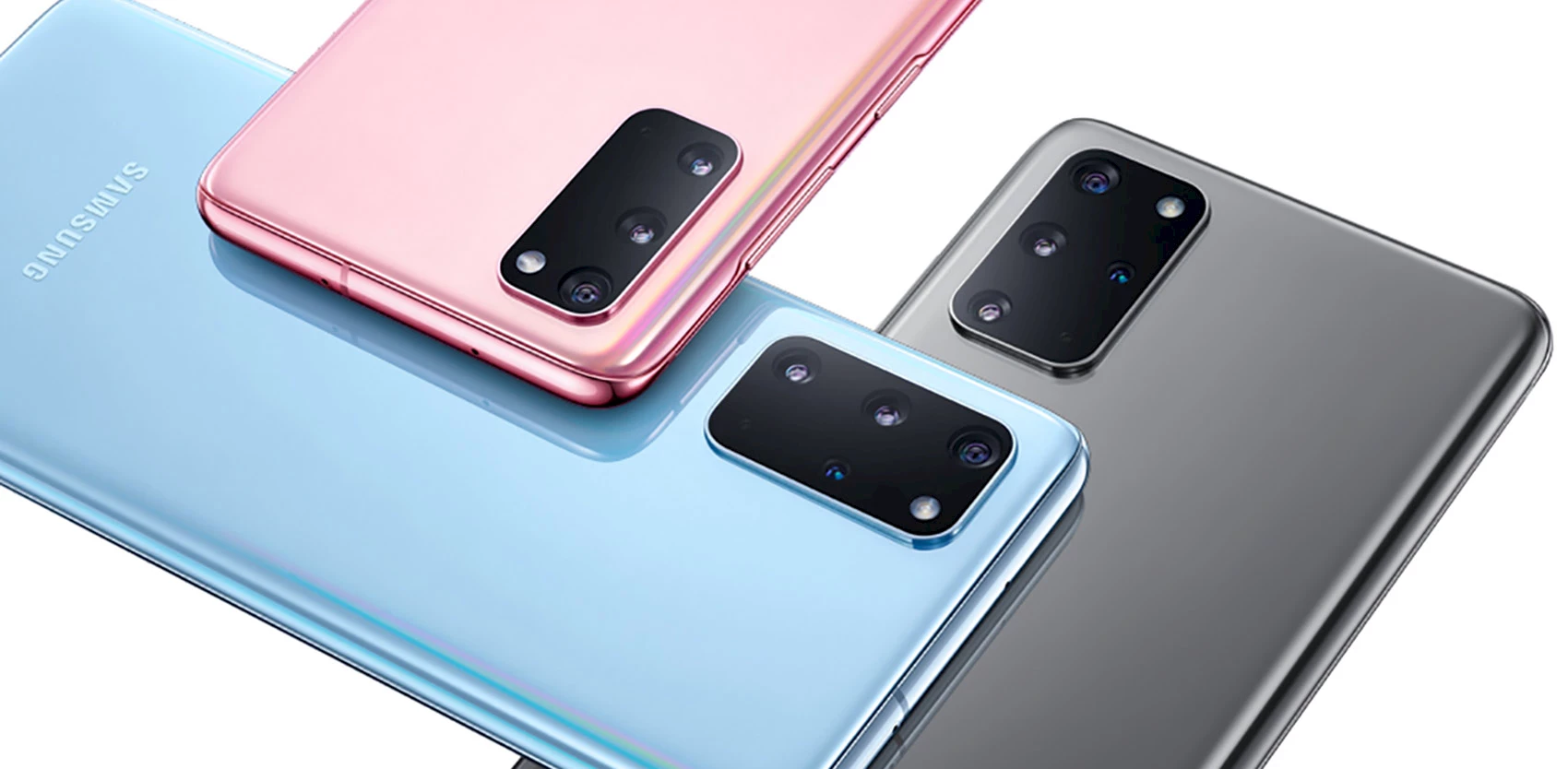
Samsung Galaxy S20
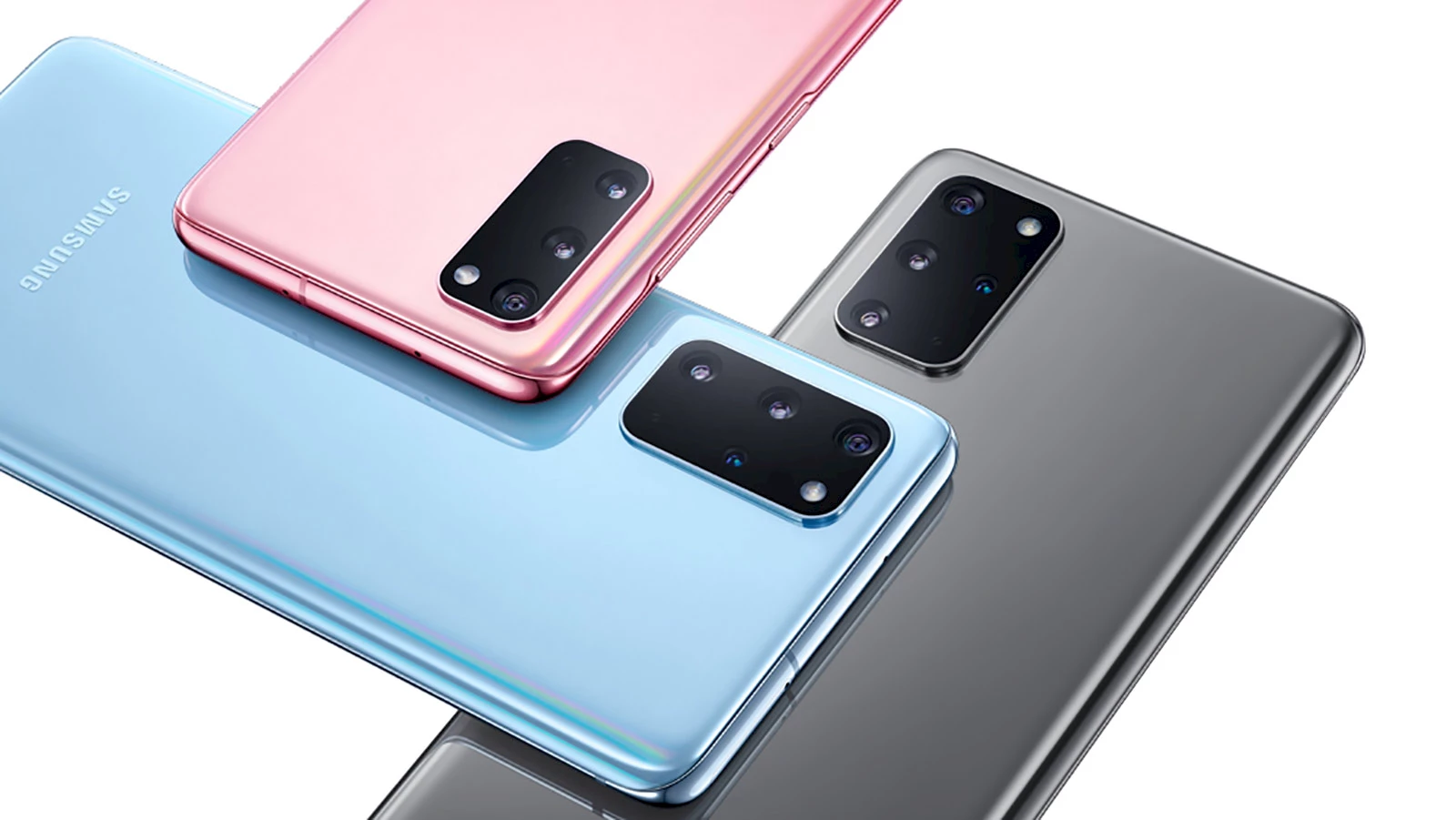
Galaxy S20. © Samsung.
After the Galaxy S10, we assumed we’d be getting the S11. But Samsung’s marketing geniuses had a brainwave: the S20. This new high-end phone comes in three sizes: S20 (6.2 inches), S20+ (6.7 inches) and S20 Ultra (6.92 inches). While display size varies, resolution stays the same, at 3200×1440 pixels, and you always get an OLED HDR+ 60/120Hz. The S20, with 120GB of storage, will set you back CAD1,320, the S20+, CAD1,580, and the S20 Ultra, CAD1,850. All S20s support 5G connectivity, 8K/24fps video recording, and ultrafast charging. They come with the new Snapdragon 865 SoC, which will probably come standard on most flagship phones in 2020. For this eight-core, 7nm chip, Qualcomm promises a 25% faster GPU and CPU compared to the Snapdragon 855. However, in some markets, the S20 will come with the Exynos 990, Samsung’s proprietary SoC, which won’t support 5G. The front camera on the S20 and S20+ models are 10MP, while on the S20 Ultra it’s 40MP. The back sports three cameras (ultra-wide-angle, wide-angle and telephoto) with sensors of different resolutions depending on the model. The S20 Ultra’s wide-angle camera has a whopping 108MP. These phones are available for pre-order, with shipping starting on March 6. To see how the S20 measures up to the iPhone 11 Pro, read Samuel Axon’s comprehensive comparison at Ars Technica.
Samsung also unveiled the Galaxy Z Flip, its second attempt to produce a foldable phone, after the Galaxy Fold, which quickly ran aground.
⇨ YouTube, “Samsung Galaxy S20 event in under 6 minutes.”
⇨ YouTube, “Samsung Galaxy S20 and S20 Ultra hands-on.”
⇨ Ars Technica, Ron Amadeo, “Samsung’s Galaxy Z Flip is the first foldable with a flexible glass cover.”
⇨ Ars Technica, Ron Amadeo, “Samsung’s Galaxy S20 is official, with bigger screens, higher prices.”
Cancellation of MWC 2020
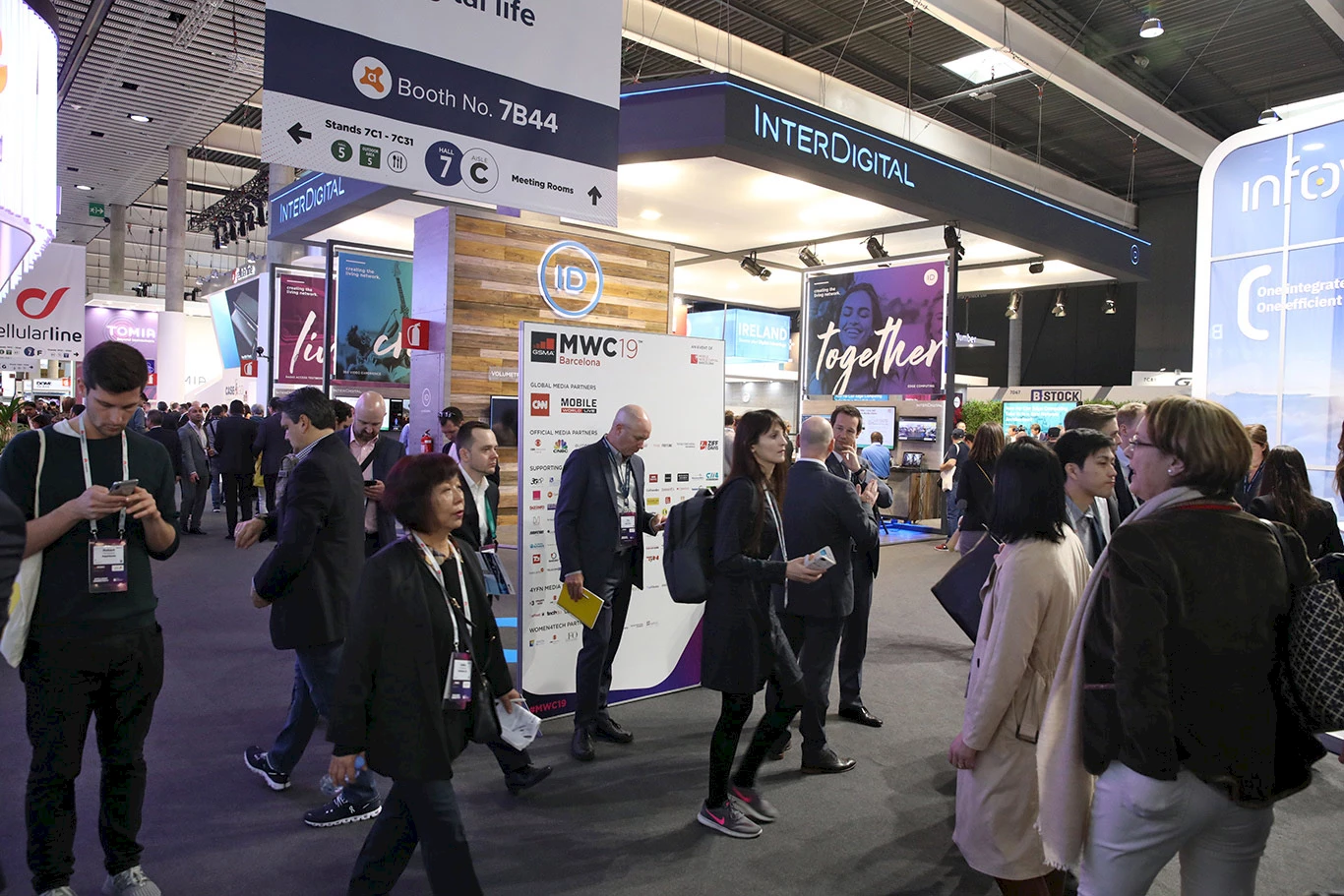
MWC 2019. © GSM Association.
Dismal news for the mobile industry: with the ongoing 2019-nCoV epidemic and last week’s announcement by LG that it wouldn’t attend MWC 2020, other companies followed suit: AT&T, Amazon, BT, Ericsson, Deutsche Telekom, Cisco, Intel, Facebook, HMD Global, Nokia, Sprint, Verizon, Sony, MediaTek, Royole, Marvell, Volvo, Orange, Nvidia, Marvell, McAfee, Sprint, Rakuten, Western Digital and Vivo. The GSM Association decided that it had no choice but to cancel Mobile World Congress 2020. It’s also terrible news for the city of Barcelona, as well as its hotels and restaurants, since the MWC attracts over 100,000 people from all over the world, including 6,000 from China. However, some companies, like TCL and Xiaomi, will still hold their events for reporters in Barcelona.
⇨ BBC News, “MWC 2020: Smartphone showcase cancelled over coronavirus fears.”
Etched in glass
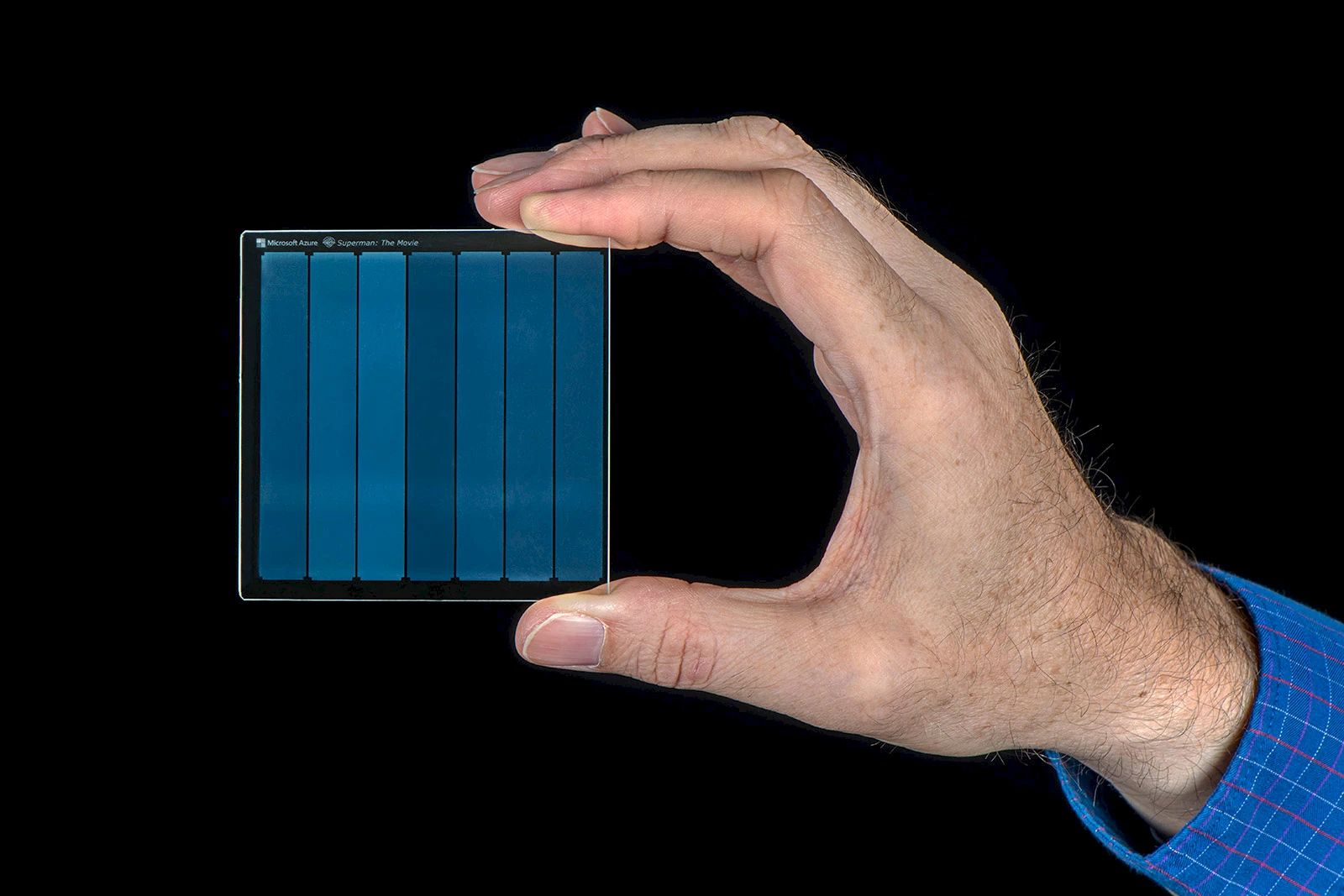
1978 “Superman” movie on a 7.5 cm x 7.5 cm x 2 mm piece of silica glass. © Jonathan Banks, Microsoft.
Silica is a Microsoft-led research project that uses ultrafast laser optics and artificial intelligence to store data on quartz glass. To test the concept, Microsoft teamed up with Warner Bros. Entertainment and, together, the team managed to store and retrieve the entire, original Superman movie from 1978 on a piece of glass the size of a coaster (7.5cm2). Quartz glass is extremely resistant and impervious to treatments that would make traditional magnetic storage devices tremble: you can microwave it, boil it, run it by the most powerful electromagnet, or all three, with impunity. The goal of project Silica was to develop an extraordinarily durable archiving technology able to conserve data for millennia. Warner Bros. is looking for a way to protect its priceless collection of image and sound recordings, including the original recording of Casablanca, radio shows from the 1940s and many other historic items. Warner Bros. approached Microsoft as soon as it heard of project Silica; their first large-scale project was the “etching” of the film Superman, a 75.6GB file.
⇨ YouTube, “Microsoft's plan to store data for 10,000 years.”
⇨ Microsoft, “Project Silica.”
R.I.P. Essential
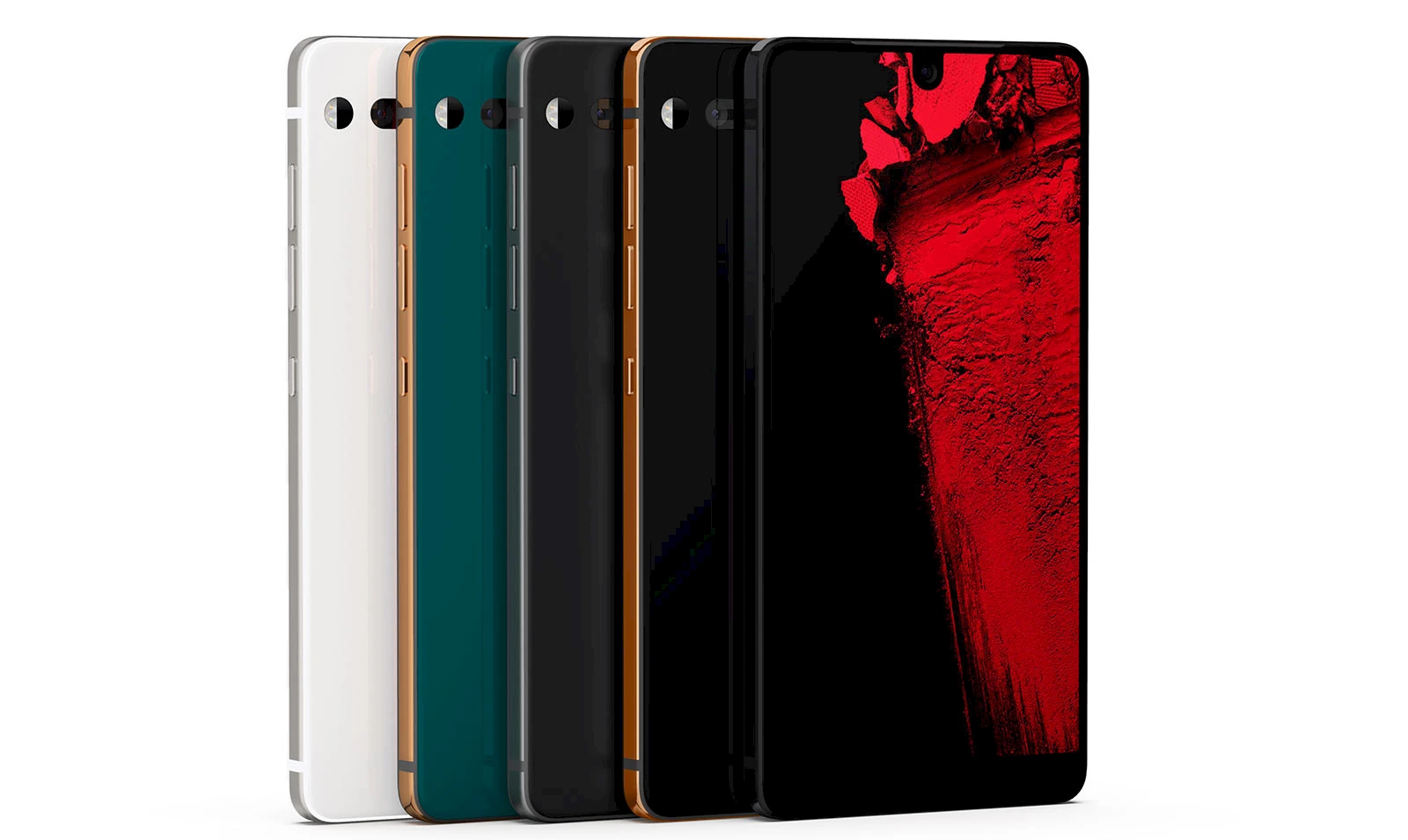
Essential PH–1. © Essential Products.
Three years after launching its first (and last) smartphone, Essential, the company founded by Andy Rubin, “the father of Android”, announced it was closing down. The company had been valuated at USD1.2 billion before it had sold a single product, but its first phone received a lukewarm welcome and was not successful. Then, the follow-up model got cancelled. In May 2018, the company was put up for sale, but found no buyer. In October 2018, it had to lay off 30% of its staff. Newton Mail, the application that Essential bought at the end of 2018, will be also shut down.
⇨ Ars Technica, Ron Amadeo, “Andy Rubin’s smartphone startup, Essential, is dead.”
Rotary dial mobile
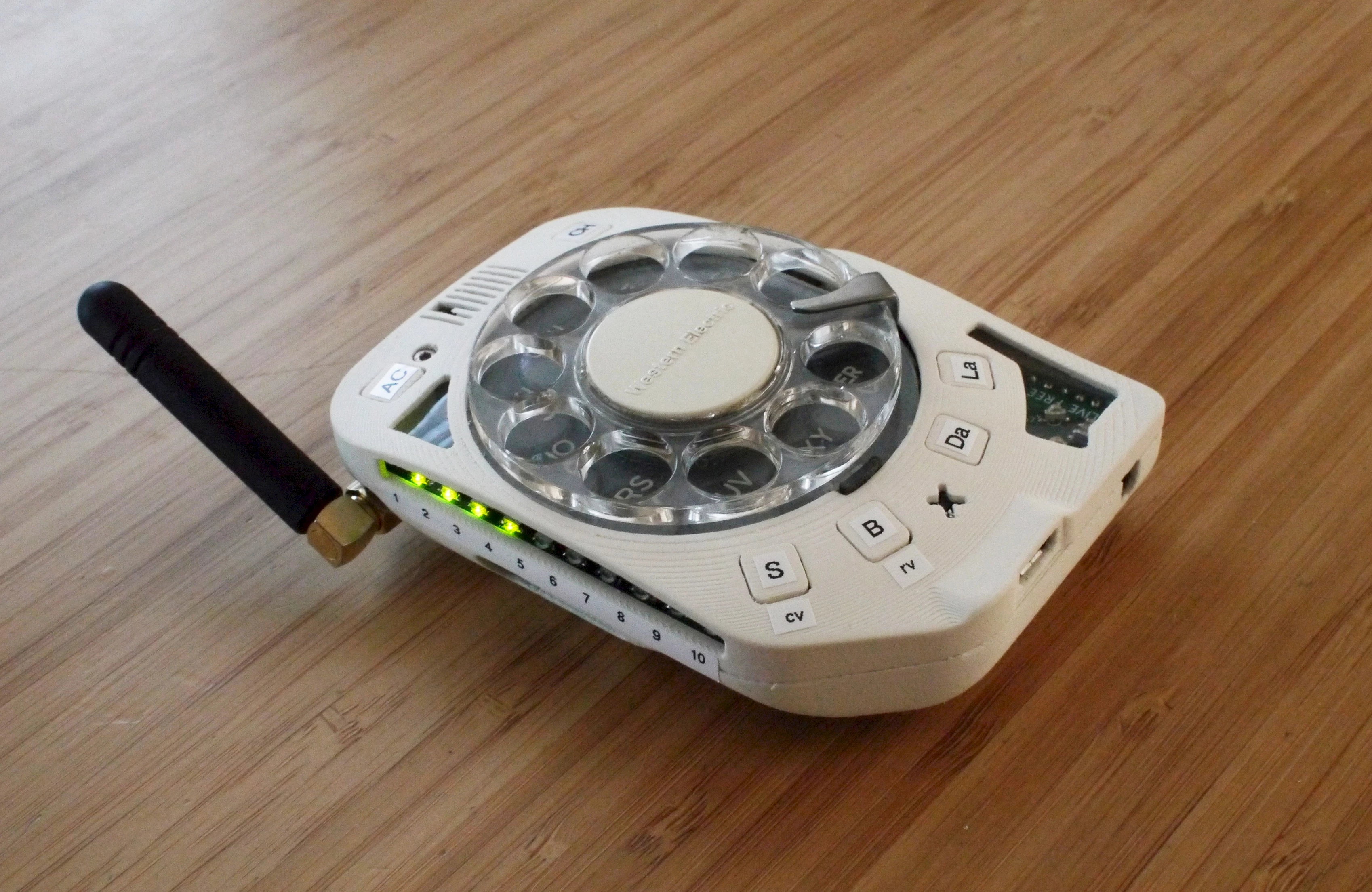
Rotary Cell. Photo Justine Haupt.
Justine Haupt, a cosmology instrumentation engineer at the Brookhaven National Laboratory in New York, took the rotary dial of an old Western Electric Trimline telephone, connected it to an Adafruit Fona 3G, and stuffed the whole thing in a 3D-printed case to obtain the most unusual mobile phone you’ve ever seen. And it doesn’t just make and receive calls: Justine added a few useful features like a 10-level LED display of signal strength and battery level, programmable buttons to quickly call specific people, and a two-section curved e-paper screen to display information such as missed calls. The best part? It’s open source! On her site, Justine posts all the info you’ll need to build your own Rotary Cellphone. The only thing is, you’ll need large pockets or a handbag to carry it around.
⇨ Wired, Lauren Goode, “How a space engineer made her own rotary cell phone.”
